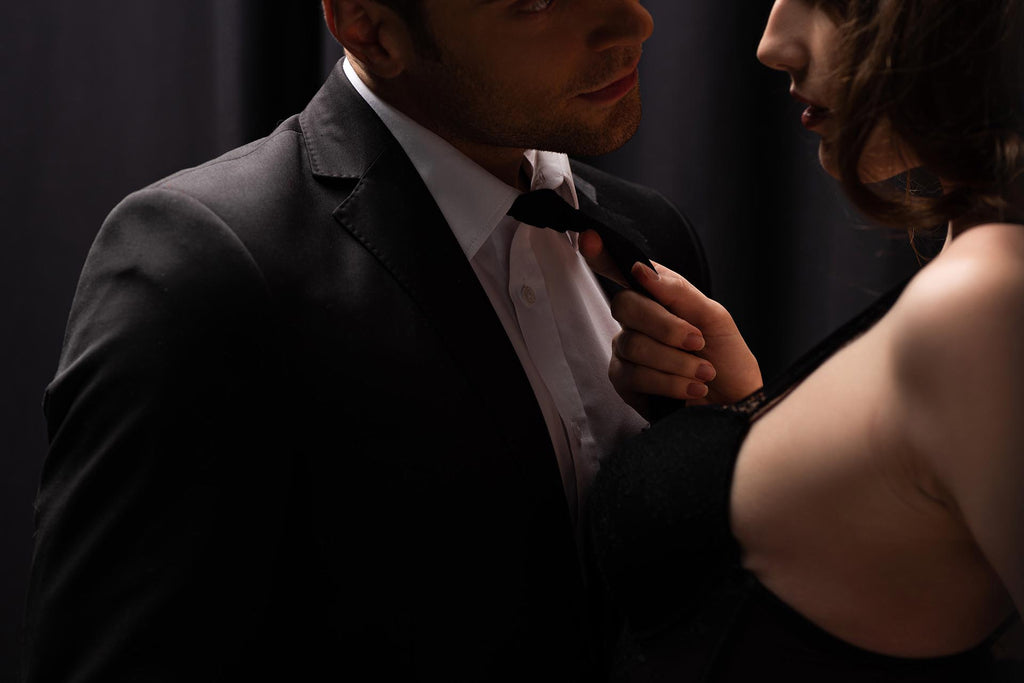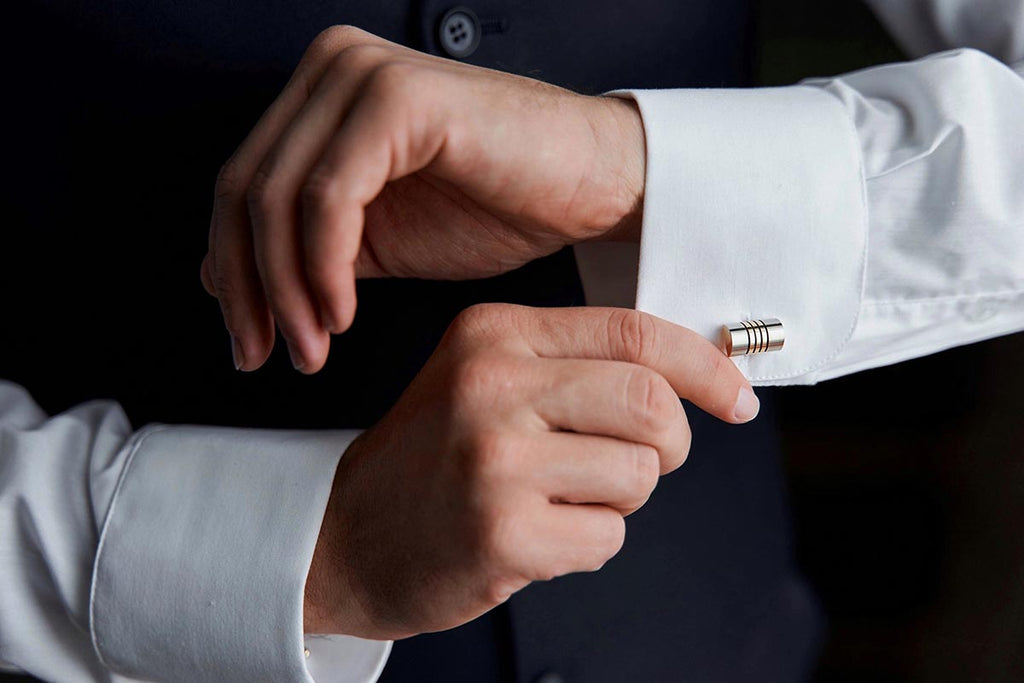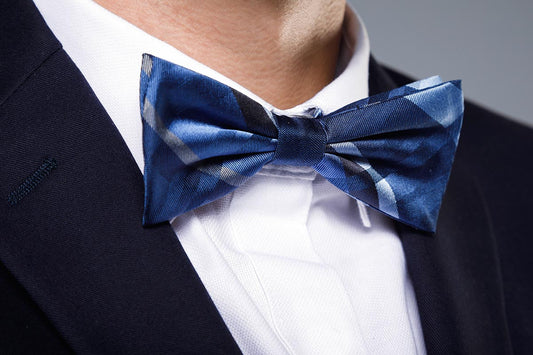Black Tie Dress Code: A Comprehensive Guide for Formal Events
Black tie dress code represents the benchmark for formal attire and is traditionally associated with evening events and social functions. For men, it typically requires a dinner jacket, usually black or midnight blue, and matching trousers, accompanied by a white dress shirt, black bow tie, and black dress shoes. It's crucial that the attire fits impeccably to maintain the sophistication the dress code demands.
When it comes to women, the rules can be more flexible, but elegance remains the cornerstone of the black tie. The formal dress code for women usually involves floor-length evening gowns or sophisticated cocktail dresses. Neutral and dark colours are favoured, and accessorising is kept to an elegant minimum. Tailoring for women, just as for men, is key to achieving the desired polished look.
Understanding the context of the black-tie event is important when selecting the appropriate attire as variations in formality can occur. Outdoor functions may allow for slight deviations from the traditional dress code, while charity galas or state dinners typically adhere to the strictest interpretations. When in doubt, it is always better to be slightly overdressed than too casual for a black-tie event.
What is Black Tie Dress Code
Black tie dress code is a formal dress code denoting evening wear that is traditionally followed for social functions and events after 6 p.m. This dress code is synonymous with formality and sophistication, encapsulating etiquette that has evolved over time.

History and Evolution
Black tie began in the Victorian era as a simplified alternative to white tie—the zenith of formalwear. It emerged from the need for more comfortable attire that retained an air of formality for men during evening social gatherings. Initially termed a dinner jacket in the UK, the American term 'tuxedo' comes from Tuxedo Park, a New York social club where the garment made its debut in the US.
Key Historical Milestones:
- 1860s - Introduction of the dinner jacket.
- 1886 - First recorded use of a tuxedo in Tuxedo Park.
- 20th Century - Black tie becomes a standard in men's formal evening wear.
Through the 20th centur, black tie retained its importance in men's wardrobes, with minor alterations to fit the fashion of the times without losing its fundamental character—formal, yet not as rigid as white tie.
Defining Black Tie Dress Code
Men are expected to wear a tuxedo consisting of:
- A black wool or ultrafine wool single-breasted jacket with peaks, shawl, or notched lapels.
- Trousers matching the jacket.
- A white evening shirt, ideally with a bib front.
- A black bow tie, not a long tie.
- A low-cut waistcoat or cummerbund.
- Leather dress shoes, traditionally patent leather, are compulsory.
Women should opt for:
- An evening dress, typically long and of a dark colour or neutral shade, suggesting elegance and simplicity.
- Simple and sophisticated accessories to complement the outfit.
Observing the black-tie etiquette indicates respect for the occasion and its participants. While the code has adapted slightly over time to include variations such as 'black tie optional,' the core principles of formal evening dress remain the same.
Essential Components of Black Tie
The black tie dress code signifies a formal evening event, mandating specific attire for men and women to ensure elegance and uniformity. It traditionally includes dark suits for men and suitable formal wear for women, adhering strictly to the event's refined sartorial expectations.
Clothes for Men
Men's black tie attire centres on the tuxedo—a black or midnight blue suit that comprises a jacket with silk lapels and matching trousers. The trousers should feature a silk braid down the side and accommodate braces rather than a belt. The tuxedo is paired with a white tuxedo shirt—preferably with a wing collar and double cuffs fastened with cufflinks.
An essential accessory to the tuxedo is a black silk bow tie that carefully complements the lapels of the jacket. Options for the waist include a cummerbund or a low-cut vest, designed to cover the waist, ensuring a seamless transition between the shirt and trousers. Patent leather shoes are the proper footwear, adding a polished finish to a man's black tie ensemble.
Clothes for Women
For women, the black tie dress code typically involves a floor-length dress or evening gown. A sophisticated cocktail dress may also be acceptable, especially before 7 p.m. Common fabrics for these gowns are silk, lace, or velvet, appreciated for their luxe appearance and texture.
While the traditional colour is black, women have the latitude to embrace other dark hues or tasteful patterns that align with the event's formality. Essential accessories may include elegant jewellery and evening shoes that harmonise with the attire. A silk shawl or bolero might accompany the gown for added sophistication and decorum.

Accessorising Your Black Tie Outfit
When dressing for a black tie event, the right accessories are as crucial as the attire. They should enhance the ensemble without overpowering it, maintaining elegance and balance.
Cufflinks & Pocket Squares
Cufflinks and pocket squares add a personal touch to a man's black tie attire. Cufflinks should be simple and understated, preferably in silver or gold with minimal embellishments. For example, onyx or mother-of-pearl inlays provide a classic look. Pocket squares add a hint of personality and should complement the tie without exactly matching it. A crisp white pocket square made of silk is a timeless choice and pairs well with most tuxedos.
Footwear and Hosiery
Selecting the right footwear is essential for both comfort and style. For men, patent leather shoes in black, such as oxford or derby shoes, are traditional. Women should opt for closed-toe heels in black or metallic tones, ensuring they are comfortable for long periods. Hosiery should be consistent with the outfit's formality; for women, this could mean skin-tone or black silk or lace tights, whereas men should choose high-quality dress socks that match their trousers' colour.

Black Tie Events and Etiquette
Black tie events call for a specific standard of dress, traditionally indicating that men should don a tuxedo and women should wear an evening gown or cocktail dress.
Occasions Requiring Black Tie
A black tie dress code is predominantly reserved for evening events that start after 6 pm. These occasions are typified by a high degree of formality and elegance. Common events include:
- Galas: Charitable fundraisers or prestigious award ceremonies.
- Weddings: Especially those that are evening affairs.
- Formal Dinners: Including state banquets and formal receptions.
- Arts Premières: Such as opera or ballet openings.
For guests, adhering to the black tie dress code is a show of respect for the event and its hosts.
Black Tie Variations
The traditional black tie has given rise to a few variations each with its own set of expectations:
-
Black Tie Optional allows for more flexibility, permitting guests to opt between tuxedos and dark suits for men, and evening gowns or formal cocktail dresses for women.
-
Creative Black Tie encourages personal expression in the formal attire, allowing for trendy cuts or unique accessories.
-
White Tie, a notch above traditional black tie, is the most formal dress code, with men wearing tailcoats and women donning full-length ball gowns.
It's key for guests to differentiate between these variations to ensure appropriate dress. For instance, wearing business attire or semi-formal wear to a black tie event would be considered underdressing.



















